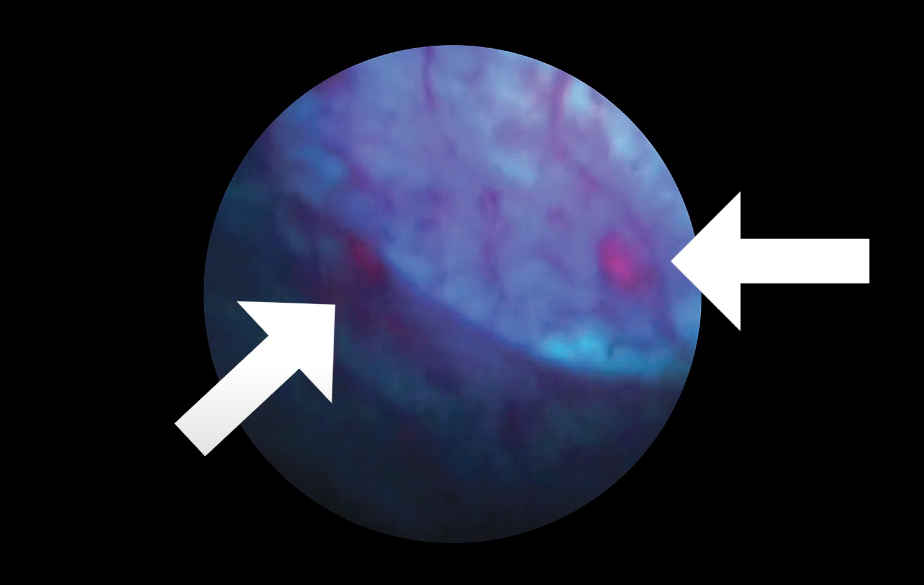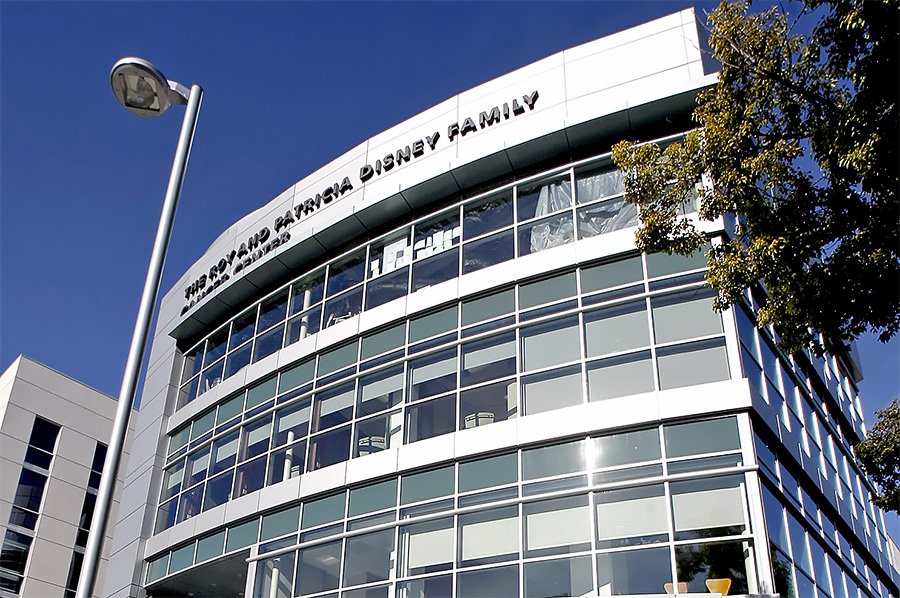Dr. Ramkishen Narayanan, Director of Urologic Health at the Disney Family Cancer, Saint Joseph Medical Center, Lends Expertise to Local News
What are the Signs and Symptoms of Prostate Cancer?
Urologists focus on the early signs of one or more symptoms. Further diagnostic procedures and imaging will indicate the future course of medical interventions. In its early stages, prostate cancer may not cause any signs or symptoms and is curable. More advanced prostate cancer may cause signs and symptoms such as:
- Frequent or uncontrolled urination
- Trouble urinating
- Need to urinate more often, especially at night
- Decreased force in the stream of urine
- Blood in the urine
- Blood in the semen
- Bone pain
- Losing weight unexpectedly
- Erectile dysfunction
Dr. Ramkishen Narayanan explains the two most common urinary conditions when a lesion is discovered. If it is prostate-related, then treatment protocols including biopsy and active surveillance for prostate cancer may be prescribed, which may later involve one or more treatments if cancer is present, such as HIFU Therapy or robotic prostatectomy. However, if it is not related to the prostate, then the urinary problem could be within the bladder.
“Every now and then, you can find something in the bladder that you didn’t anticipate…It’s only under anesthesia and a formal procedure that you end up seeing it.”
Listen to Dr. Narayanan on KABC News
ABC7, January 29, 2024, King Charles III released from hospital after prostate procedure.
How are doctors finding smaller tumors, particularly in the bladder?
Dr. Narayanan is encouraged that more people may be made aware of their health, inspired by those in the media bringing attention to a variety of health conditions.
Learn more
- Conditions: Benign Prostate Hyperplasia
- Prostate Cancer
- Treatment: Active Surveillance
- Conditions: Bladder Cancer
Dr. Ramkishen Narayanan
Providence, Saint Joseph Medical Center
Center for Urologic Health at the Disney Family Cancer Center – Burbank
181 South Buena Vista Street, Floor 4
Burbank, CA 91505
(818) 748-4798
Saint John’s Cancer Institute
Urology and Urologic Center of Excellence



